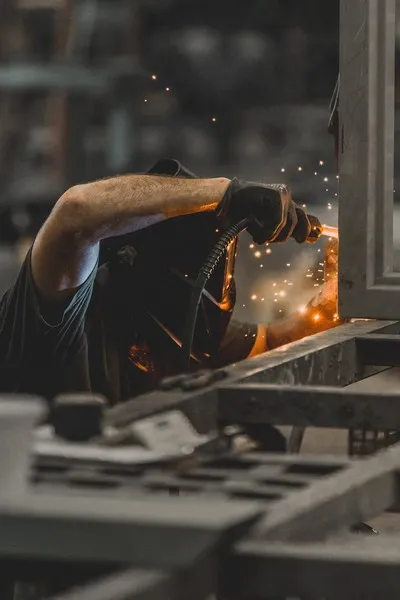Table of Contents
- Historical Context
- Defining Characteristics
- Contemporary Relevance
- Sociological Theories and Perspectives
- Case Studies
- Conclusion
The concept of the petite bourgeoisie, or petty bourgeoisie, occupies a unique and complex position within the field of sociology. Originating from Marxist theory, the term is used to describe a specific social class that resides between the proletariat (working class) and the bourgeoisie (capitalist class). This article will outline and explain the petite bourgeoisie, exploring its historical context, defining characteristics, and the contemporary relevance of this social stratum. The discussion will provide a comprehensive understanding suitable for an undergraduate audience, emphasizing the academic and theoretical foundations of the concept.
Historical Context
Marxist Origins
The term “petite bourgeoisie” was first introduced by Karl Marx and Friedrich Engels in their analysis of class structures within capitalist societies. In their seminal work, The Communist Manifesto (1848), Marx and Engels identified the petite bourgeoisie as a class composed of small business owners, independent artisans, and tradespeople. This group was distinct from both the proletariat, who sold their labor to survive, and the bourgeoisie, who owned the means of production and amassed capital through the exploitation of labor.
Evolution Through Industrialization
During the Industrial Revolution, the petite bourgeoisie emerged as a notable social class. The expansion of industrial capitalism created new economic opportunities for small-scale entrepreneurs, shopkeepers, and skilled craftsmen. However, the growth of large-scale industries and corporate monopolies gradually marginalized this class, leading to its precarious position between the burgeoning proletariat and the increasingly powerful bourgeoisie.
Defining Characteristics
Economic Position
The petite bourgeoisie is characterized by its economic independence and ownership of small-scale means of production. Unlike the proletariat, members of this class do not rely solely on selling their labor to survive. Instead, they own and operate their own businesses or engage in independent trades. This ownership grants them a degree of autonomy and control over their economic activities, setting them apart from wage laborers.
Social Mobility and Ambiguity
One of the defining features of the petite bourgeoisie is its social mobility. Members of this class often aspire to join the ranks of the bourgeoisie by expanding their businesses and accumulating capital. However, the volatile nature of small-scale enterprises means that many in the petite bourgeoisie face the constant risk of economic downturns, which can push them into the proletariat. This fluidity creates a sense of social ambiguity and insecurity within the class.
Ideological Orientation
The ideological orientation of the petite bourgeoisie is often marked by a blend of bourgeois and proletarian values. On one hand, their aspirations align with the bourgeoisie, favoring capitalism and private ownership. On the other hand, their precarious economic position and potential proximity to the working class can foster sympathies with proletarian struggles. This duality makes the petite bourgeoisie a complex and sometimes contradictory social group.
Contemporary Relevance
Globalization and Neoliberalism
Get the full article AD FREE. Join now for full access to all premium articles.
View Plans & Subscribe Already a member? Log in.






